Farm Biosecurity produces a bi-monthly digest of the latest news and advancements in on-farm biosecurity
Learn moreThis fact sheet has been prepared for pig producers to assist in the control of mosquitoes in piggeries. It was developed in March 2022 by the Japanese encephalitis Vector Management Group – consisting of agriculture and health agencies, and the pork industry.
Learn moreSubscribe to receive our e-newsletter Farm Biosecurity News
Learn moreThe best defence against pests and diseases is to implement sound biosecurity practices on your farm. Quick and simple measures built into everyday practice will help protect your farm and your future.
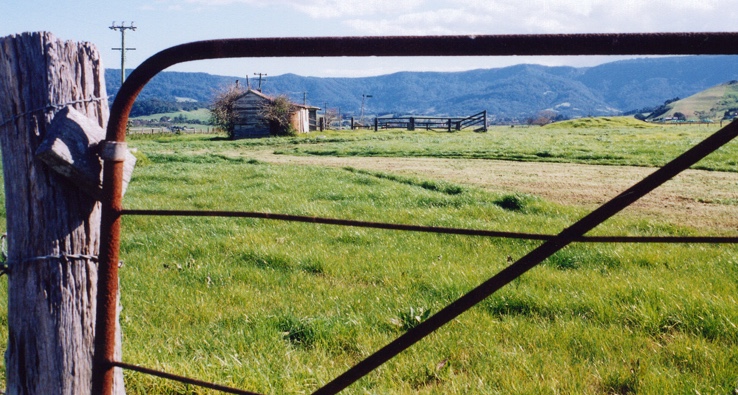
Almost anything moved onto your property can be a potential source of pests and diseases for livestock and plants. Monitor animals or plant materials that enter the property, as well as sources of water, feed and fertiliser.
Continue reading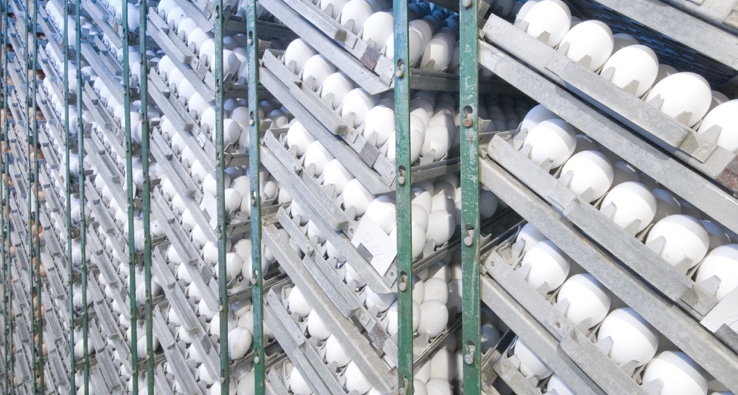
Responsibility for biosecurity doesn’t end when plant products or animals leave the farm gate. The measures in place on your property support biosecurity in your region.
Continue reading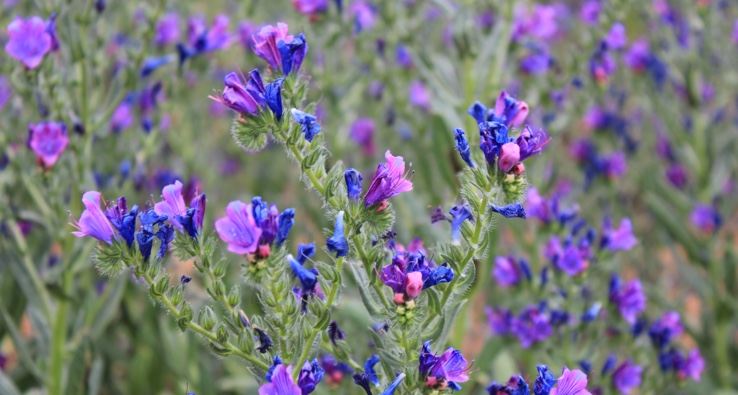
Feral animals, plant pests and weeds are a widespread nuisance but can also cause harm to your business, so they need to be actively controlled.
Continue reading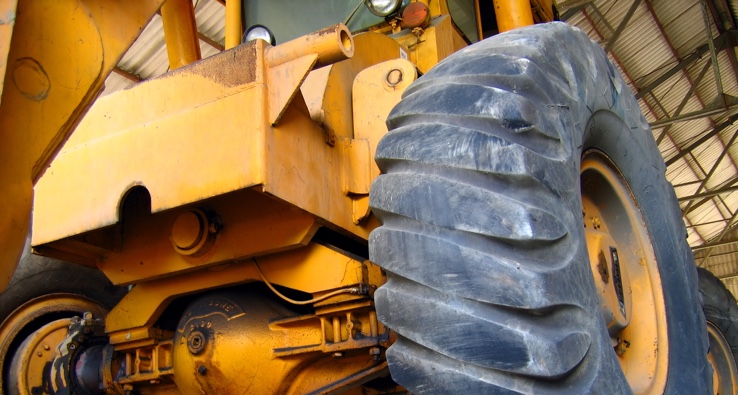
If it can move, it can carry diseases, pests and weeds. That's why people, vehicles and equipment pose a high biosecurity risk and should be managed accordingly.
Continue reading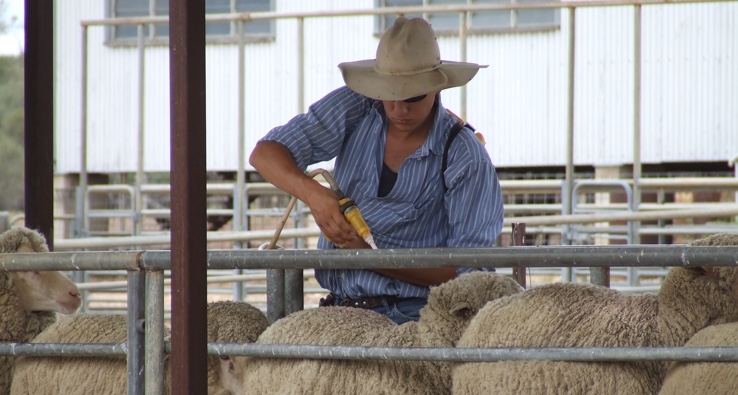
Good on-farm hygiene reduces the risk of spreading pests and diseases. You can implement simple hygiene practices with feed and water sources, product packaging, storage facilities, livestock husbandry, waste materials and plant propagation.
Continue reading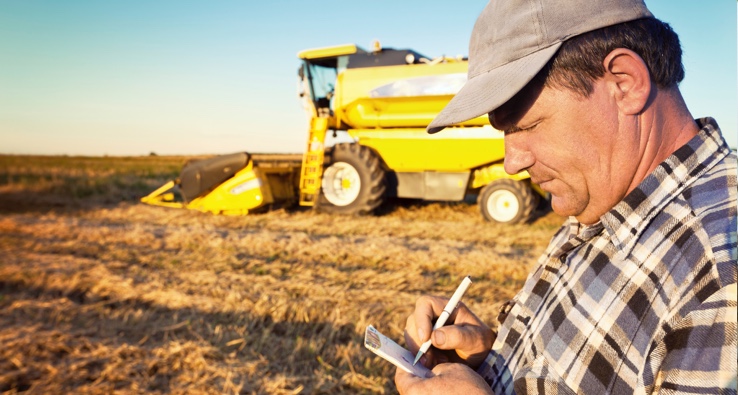
Ensure that staff are well trained and that you have the ability to trace where animals or plants have come from and where they went. Keep accurate records of purchases, sales and movements.
Continue reading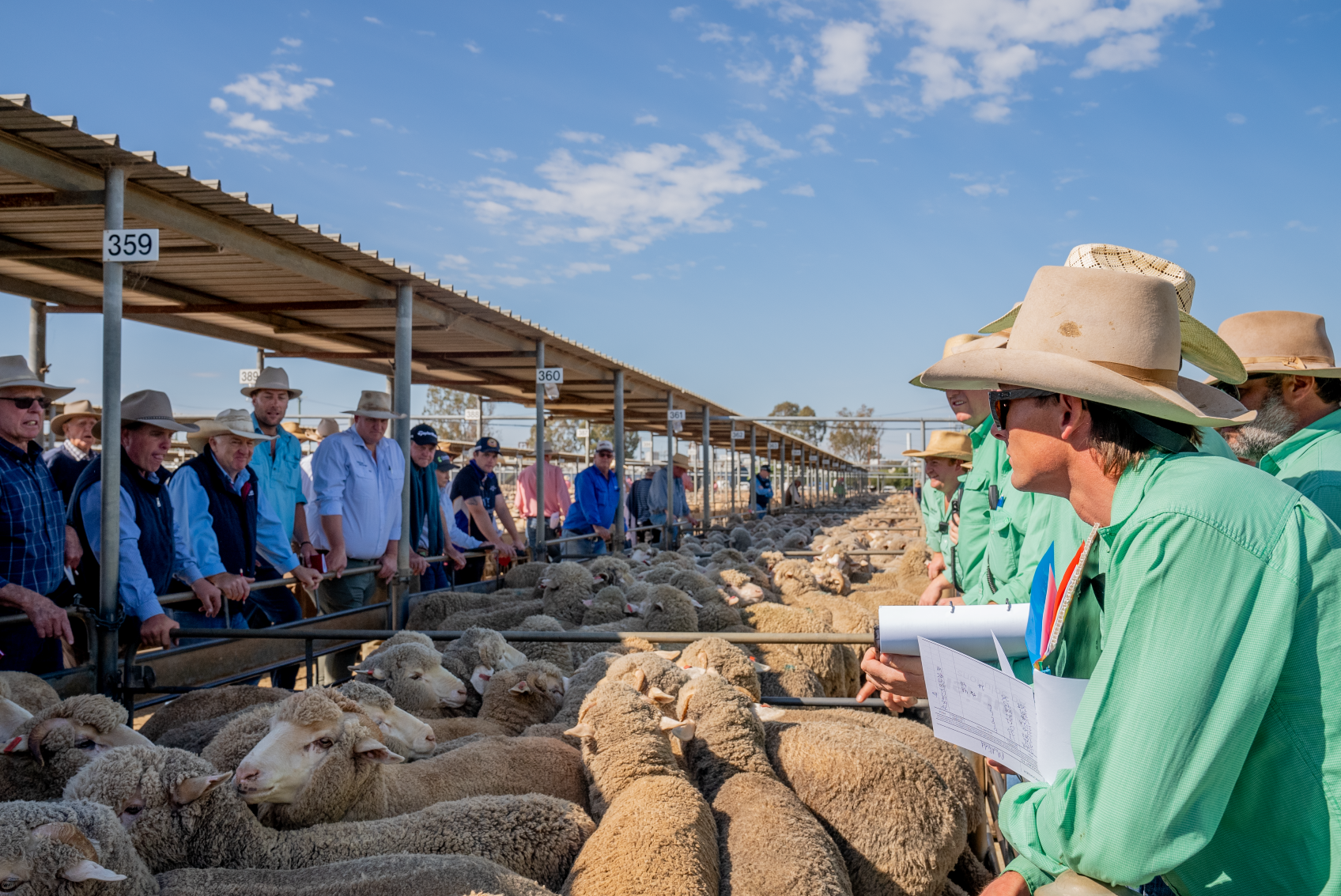
You wouldn’t buy a car without checking its service history. So, don’t buy a sheep without checking its full woolly record.
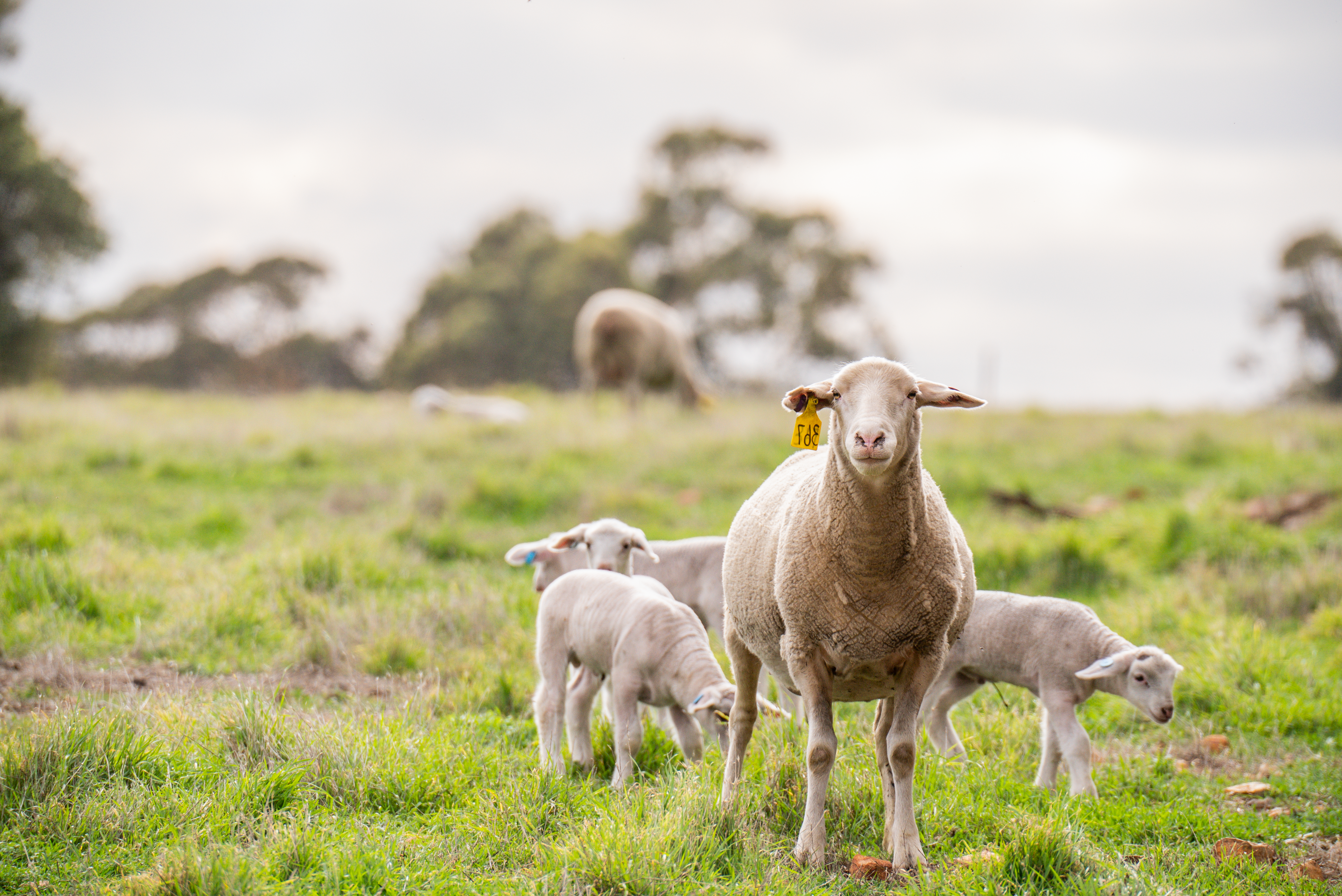
Johne’s disease continues to challenge Australia’s sheep industry, but proactive biosecurity, vaccination, and informed livestock management are key to controlling its costly impact.
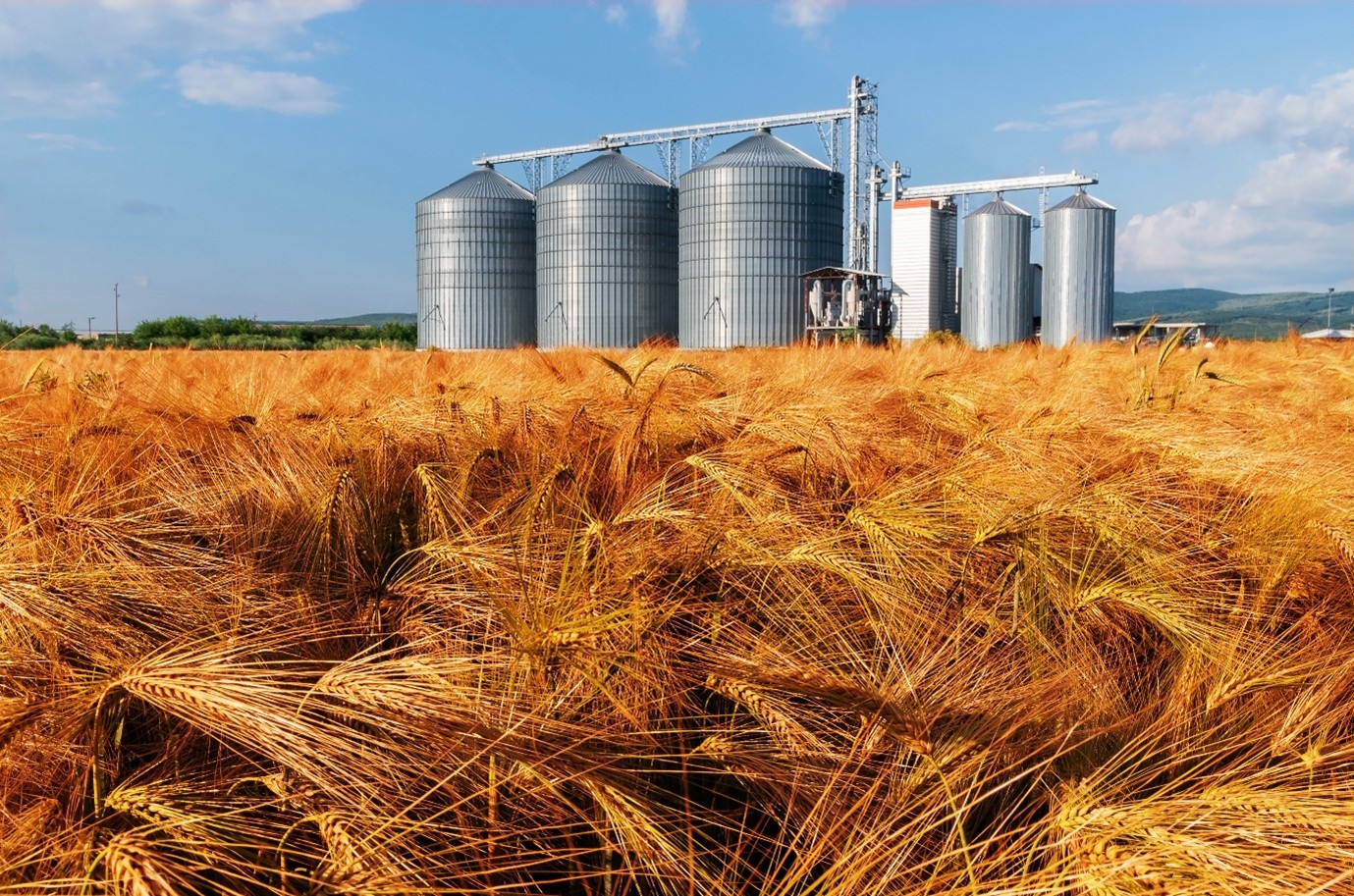
Cooler weather is the ideal time to clean, maintain and prepare grain storage facilities for harvest. Learn how good hygiene now can protect your grain and boost returns later.
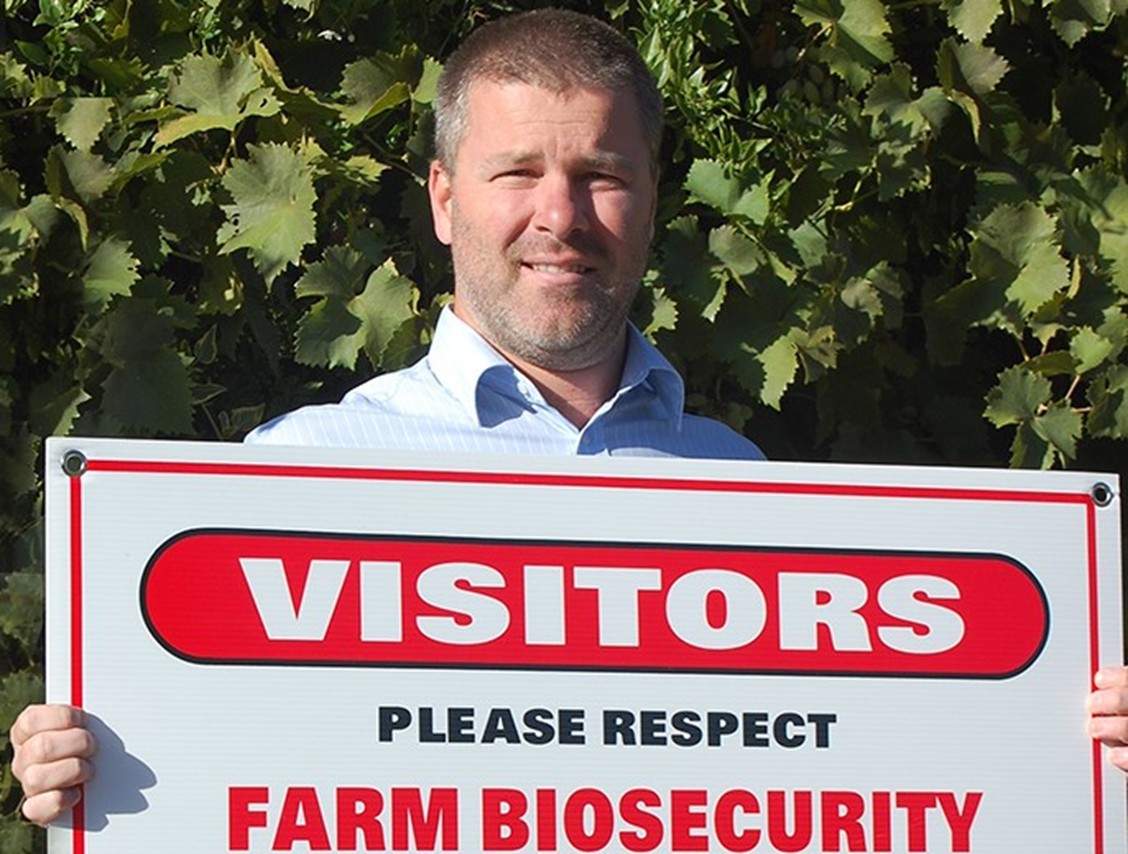
Cropping season is unpredictable, but you can stay ahead of pests and disease. Victorian Grains Biosecurity Officer Jim Moran shares simple, proven steps to protect your harvest and profits.

The Farm Biosecurity Program is once again partnering with the Australian Government to celebrate producers championing biosecurity, through sponsorship of the Farm Biosecurity Producer of the Year Award.
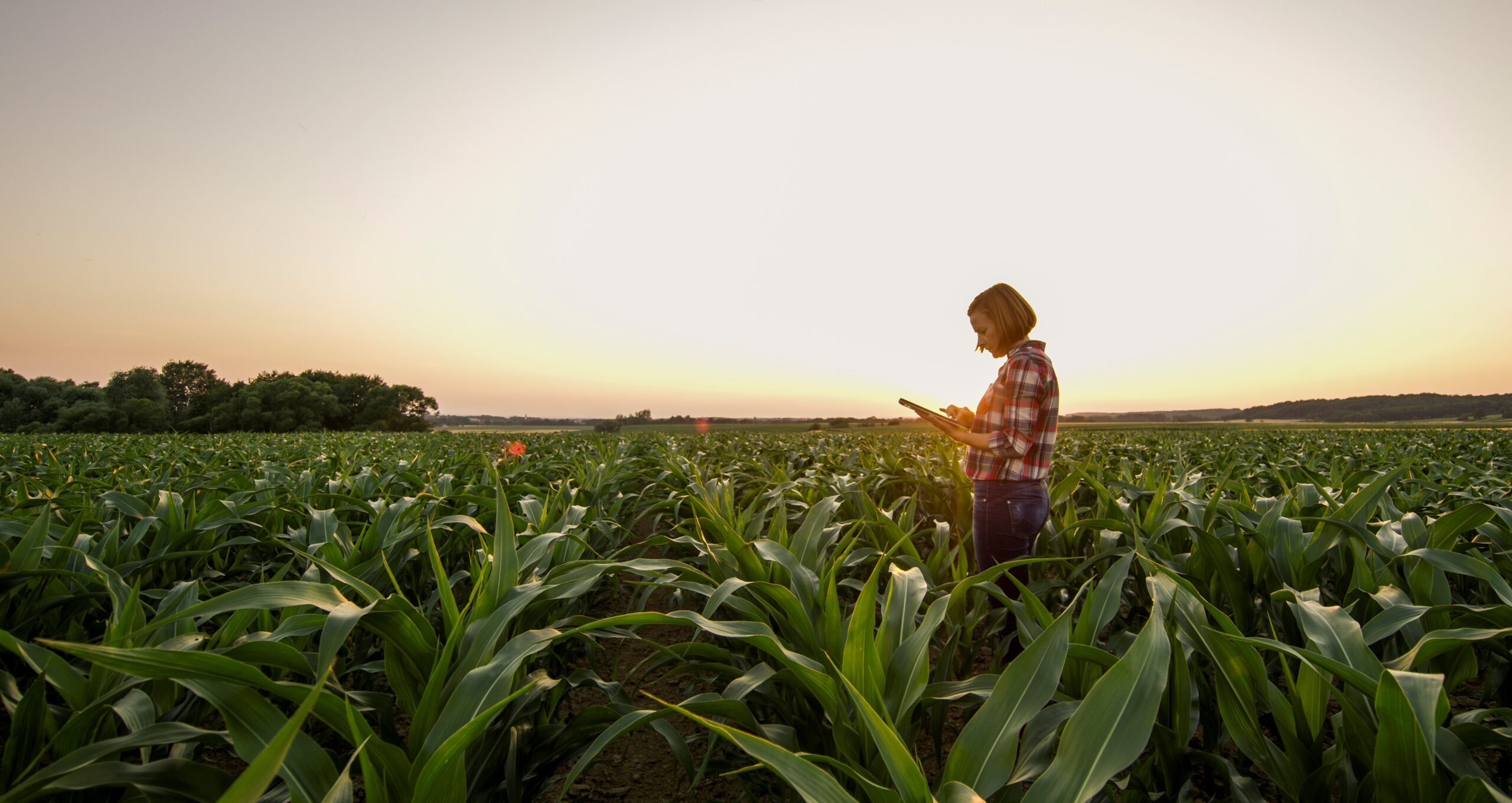
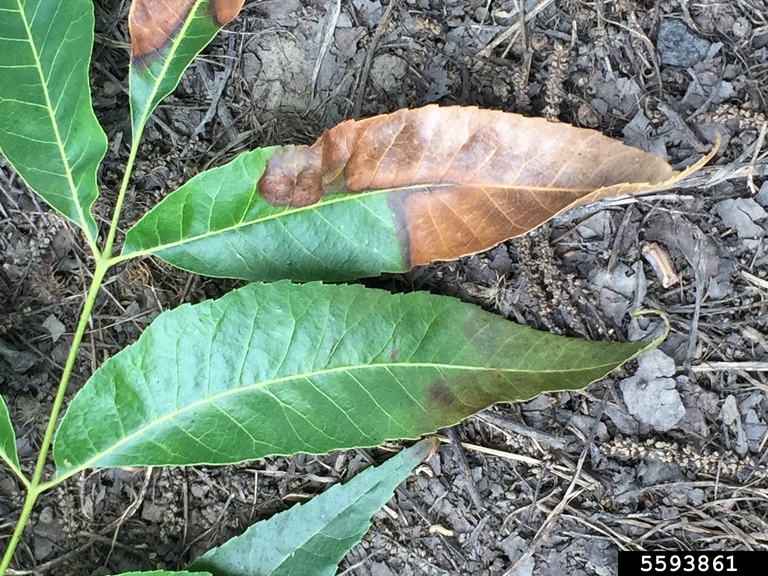
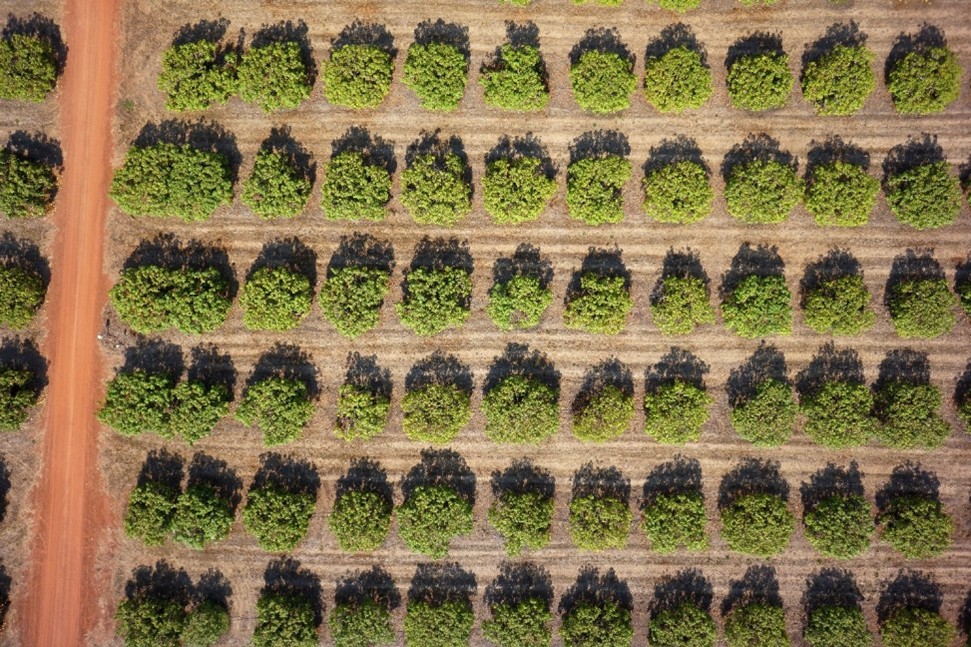
Growers play an essential role in protecting Australia’s agricultural industries against pests and diseases. Simple daily actions can help keep plant pests and diseases off your property.
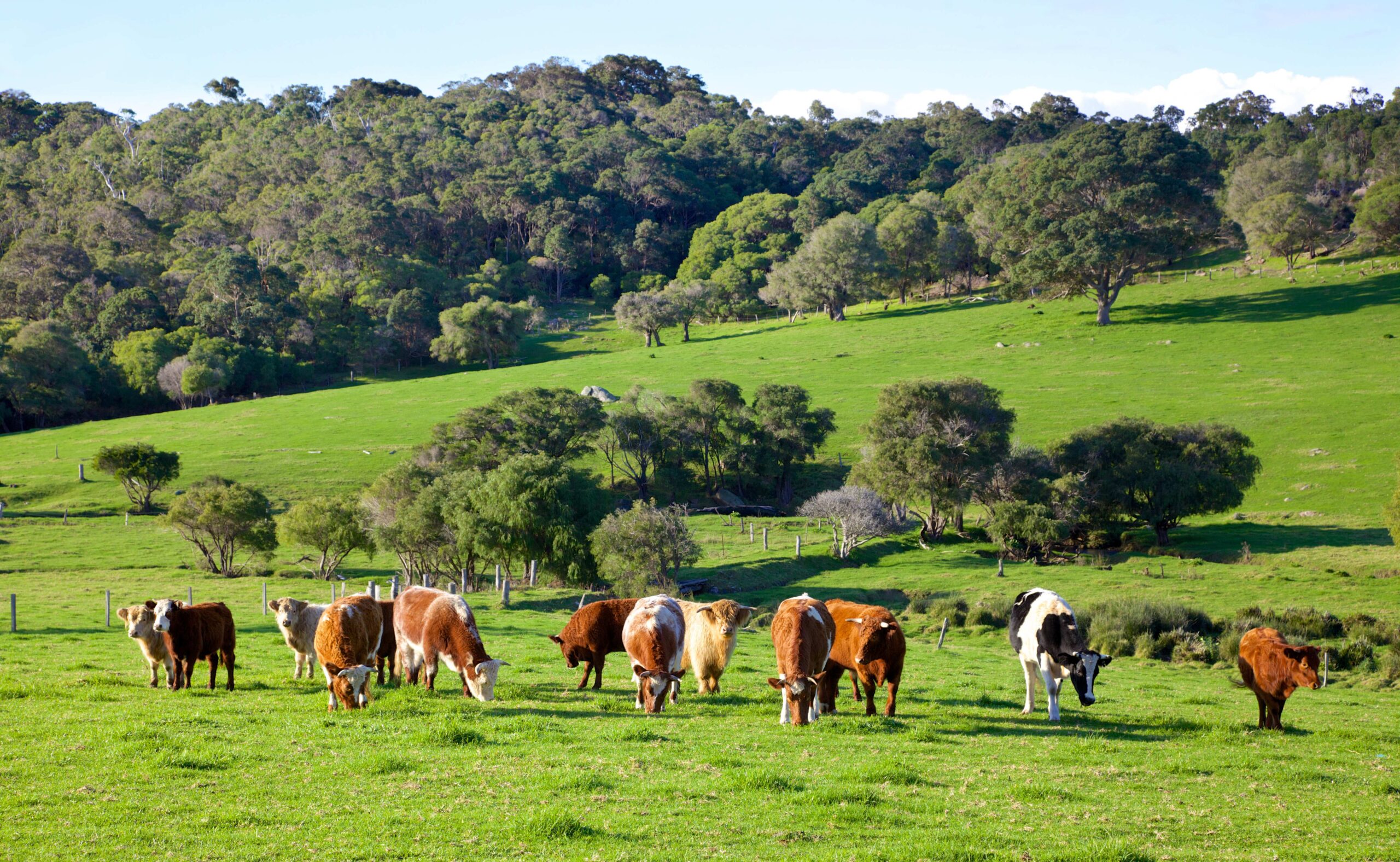
Australia’s Ruminant Feed Ban (RFB) remains one of the key pillars in safeguarding our livestock industry from transmissible spongiform encephalopathies (TSEs), including bovine spongiform encephalopathy (BSE) or Mad cow disease and scrapie. Australia has never had a case of BSE.

As major agricultural events like the Royal Queensland Show (EKKA) approach, livestock exhibitors should take proactive steps to protect their animals from pests and diseases.